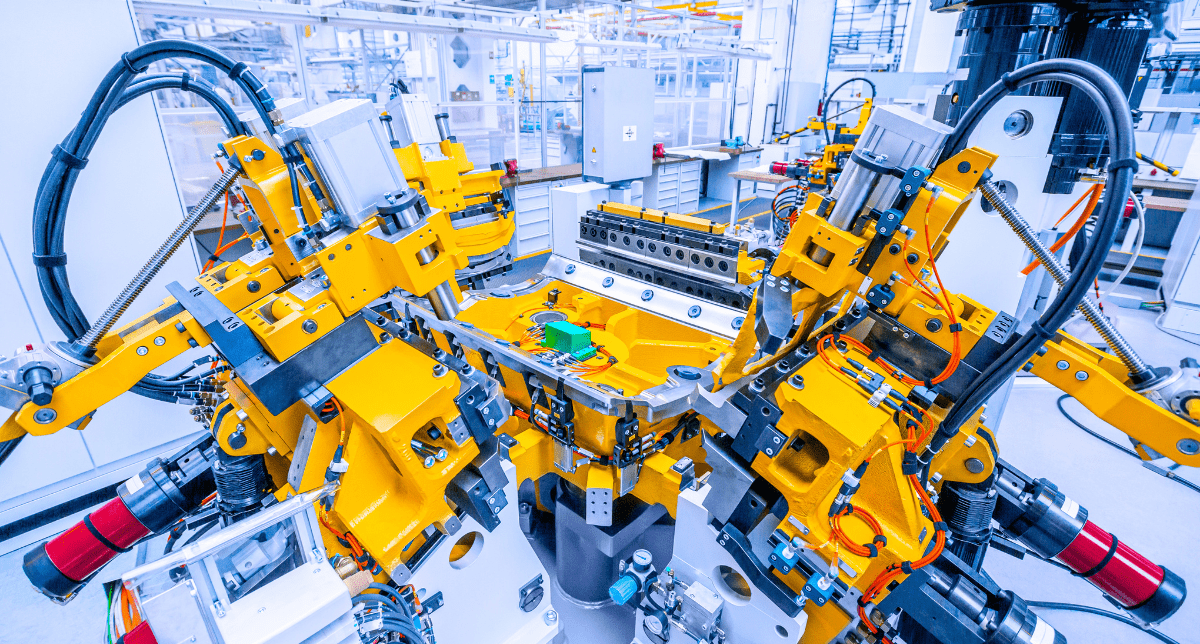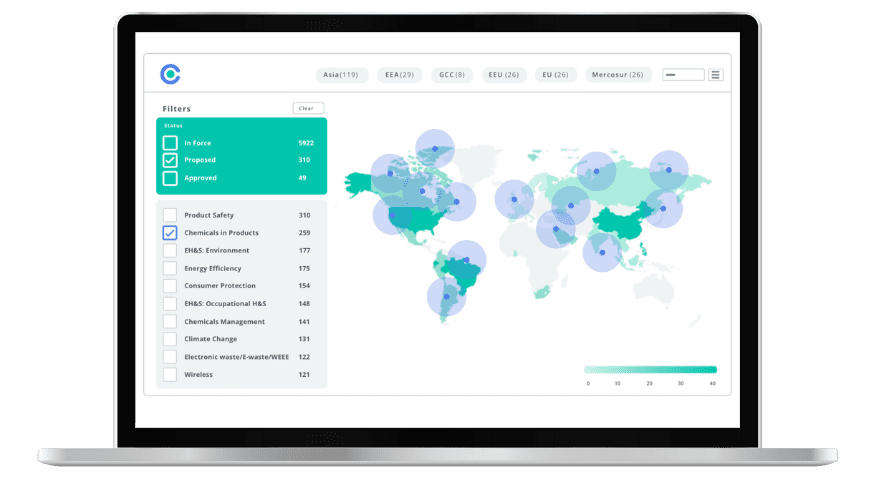
India Publishes Omnibus Technical Regulation for Machinery and Electrical Equipment

This blog was originally posted on 17th September, 2024. Further regulatory developments may have occurred after publication. To keep up-to-date with the latest compliance news, sign up to our newsletter.
AUTHORED BY EMILIA ASSENZA, SENIOR TEAM LEADER AND REGULATORY COMPLIANCE SPECIALIST, COMPLIANCE & RISKS
Introduction
On 28 August, the Indian Ministry of Heavy Industries issued an Order to approve the Machinery and Electrical Equipment Safety – Omnibus Technical Regulation.
The Regulation, which was first proposed in September 2022, has now been finalized and published in the Gazette of India on 30 August. Below are the key points of the new Order.
Scope
The Technical Regulation applies to machines and electrical equipment and their assemblies, sub-assemblies and components listed in the first Schedule. The first Schedule lists the products in scope by giving their description and HS codes. Products in scope include, for example, pumps for handling liquids, compressors, cranes, rotary electrical machines, transformers, switchgear etc.
Products covered under any other Order made under section 16 of the Bureau of Indian Standards Act, 2016 are outside of scope. Goods manufactured domestically for export as well as construction equipment covered by CMVR Rule 1989 are also excluded.
The definition of machinery is the one given by IS 16819:2018/ISO 12100:2010.
Conformity to Standards
It is required that products shall conform to:
- IS 16819:2018/ISO 12100:2010 – Safety of Machinery General Principles for Design- Risk Assessment and Risk Reduction;
- The Type B Standards included in the second Schedule; and
- The Type C Standards included in the third Schedule.
Type C Standards shall prevail over Type A or Type B Standards in case of deviation of one or more provisions.
Conformity Assessment
Compulsory certification must follow the requirements of Scheme X of the Conformity Assessment Regulations 2018. This means that a license must be granted by the Bureau after the assessment of the submitted technical file.
Prior to obtaining a license, manufacturers are required to register with BIS.
Once the license is obtained, products must bear the related standard mark.
Effective Date
The Order will enter into force after one year from the date of publication, i.e. 30 August 2025.
Stay Ahead Of Regulatory Changes like the Omnibus Technical Regulation for Machinery and Electrical Equipment
Want to stay ahead of global regulatory developments in India’s Omnibus Technical Regulation for Machinery and Electrical Equipment?
Accelerate your ability to achieve, maintain & expand market access for all products in global markets with C2P – Your key to unlocking market access, trusted by more than 300 of the world’s leading brands.
C2P is an enterprise SaaS platform providing everything you need in one place to achieve your business objectives by proving compliance in over 195 countries.
C2P is purpose-built to be tailored to your specific needs with comprehensive capabilities that enable enterprise-wide management of regulations, standards, requirements and evidence.
Add-on packages help accelerate market access through use-case-specific solutions, global regulatory content, a global team of subject matter experts and professional services.
- Accelerate time-to-market for products
- Reduce non-compliance risks that impact your ability to meet business goals and cause reputational damage
- Enable business continuity by digitizing your compliance process and building corporate memory
- Improve efficiency and enable your team to focus on business critical initiatives rather than manual tasks
- Save time with access to Compliance & Risks’ extensive Knowledge Partner network

Regulatory Trends in Industrial Machinery: a 12-18 Month Outlook
68% increase in regulations for industrial machinery manufacturers since 2017, with 20,805 regulations in place by 2024.


